Introduction
Announced in March 2015, the One M9 is the latest update for the HTC One series, replacing the highly-respected One M8. It’s more evolutionary than revolutionary, though, with a design that looks very much like its predecessor. It does feature an updated camera module with a 20megapixel resolution, so we’d hoped for an improved showing in our industry standard lab tests.
However, the One M9 achieved the same DxOMark Mobile score as the M8, putting it outside the top 20 in the rankings….
HTC One M9 ranking
With an overall DxOMark Mobile score of 69, the One M9 shows few improvements over its predecessor, the One M8. Its score is good enough to put the HTC One M9 into 21st place alongside the Amazon Fire Phone, but below top performers such as the Samsung Galaxy S6 Edge, which is currently on top with an higher DxOMark Mobile score of 86.
The HTC One M9 actually does show a slight improvement in photo performance compared to the M8. Video performance is about the same, dragging the overall score down slightly. It is certainly the case that the M9 is better for still photos than it is for videos.
Photo and video sub scores
Exposure is one of the strongest suits of the One M9, with a score of 81. It’s not as good as the market leaders, but compared to the other aspects tested, which all scored in the mi- to low-70s or less, it helped increase the DxOMark Mobile score for photos.
The white balance can tend towards green in bright light, and the colors are oversaturated in low light, but there is very good detail preservation and texture when shooting in bright light conditions, although there is strong luminance noise present.
Looking at the autofocus, it is reliable in bright conditions, but can be just a little slow compared to others we have tested. When refocusing from macro through to infinity, it can also sometimes risk overshooting.
The flash is effective and shows good uniformity across the frame; however, shooting with flash leads to a loss of details and there is strong noise present in the corners of the image. Equally, colors can be undersaturated and there is a tendency towards color clipping, too.
For video in bright light, the noise performance was excellent, scoring 92. Unfortunately in low light, this drops to 69 and there is a loss of detail in video in both bright and low light. The lack of continuous autofocus in video and no video stabilization are also letdowns for video shooters, as are the visible step changes in exposure while shooting.
HTC One M9 Imaging Results
Photo Pros
- Nice and pleasing colors in bright light
- Very good details shown in bright light
- Good autofocus in bright light
Video Pros
- Good noise reduction in bright lighting
- Accurate autofocus
Photo Cons
- Colors are oversaturated in low light
- White balance is often inaccurate in both bright light and low light
- Loss of sharpness around image corners
- Strong quantization on uniform tones and in color gradations
- Strong ringing and slight fringing
Video Cons
- Many details are lost regardless of the lighting conditions
- No video stabilization
- Visible step changes in luminance as exposure changes
- Colors are oversaturated in low light


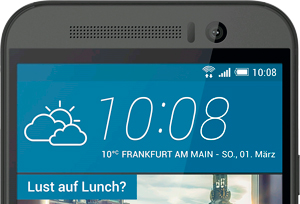


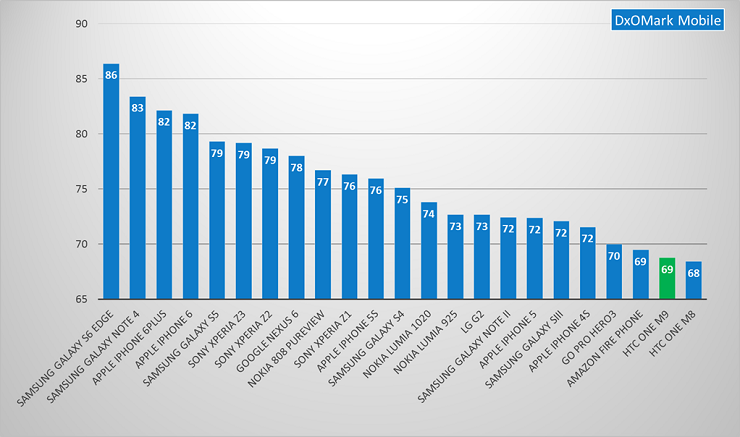
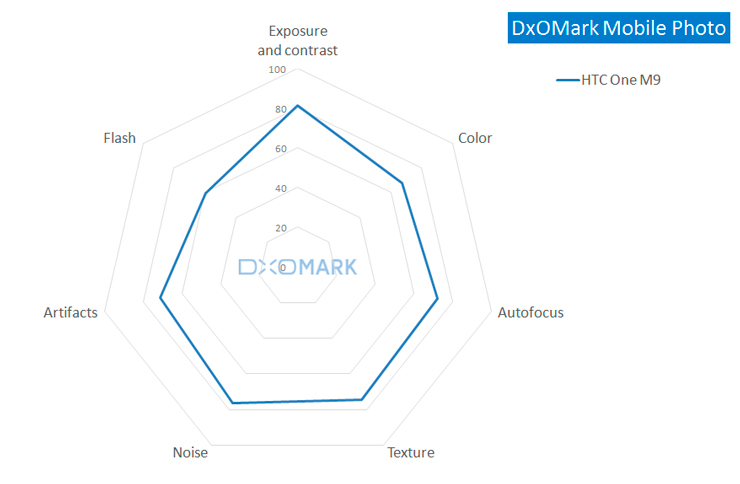
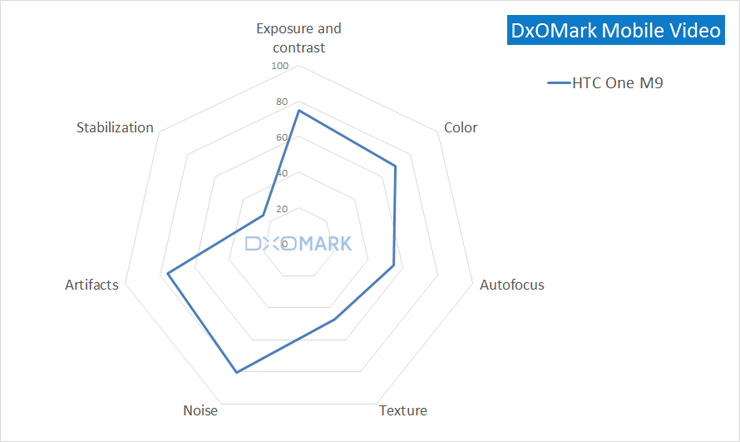
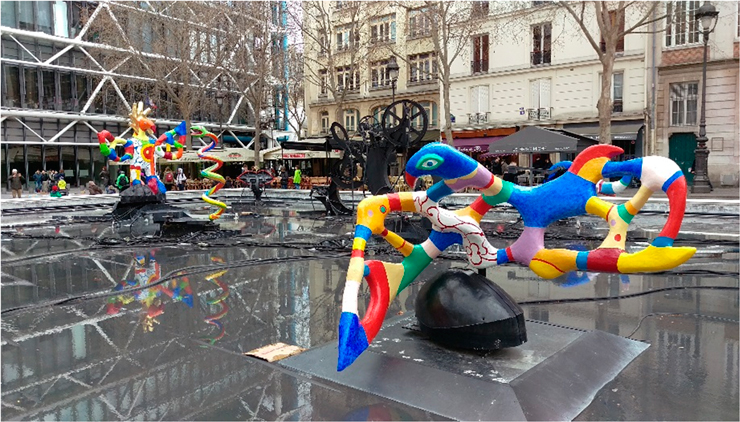
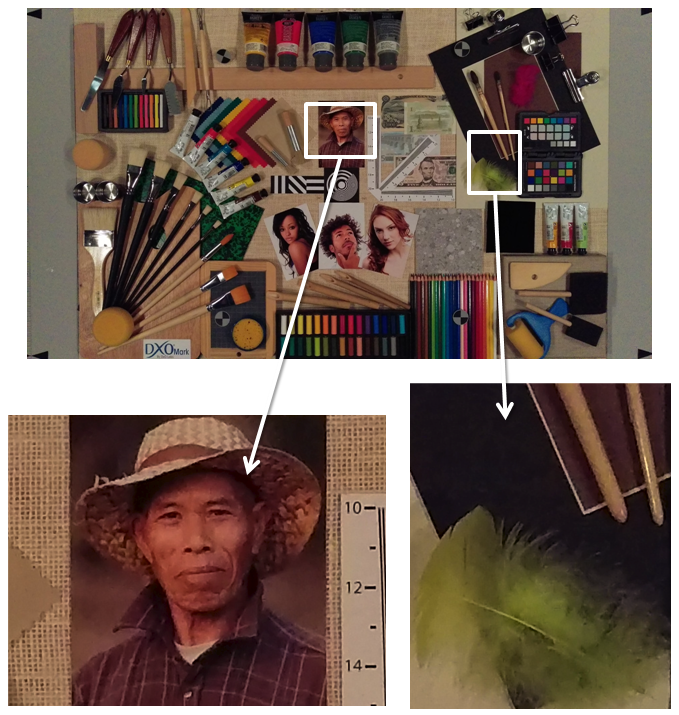
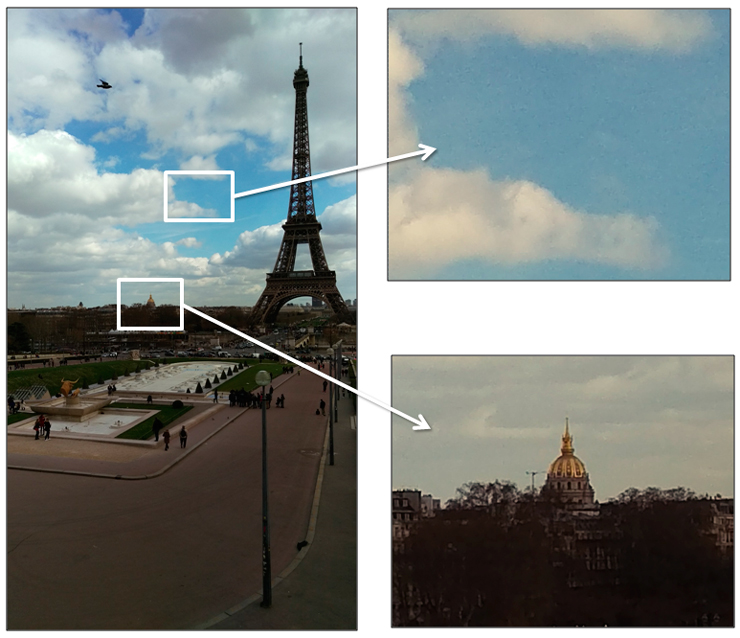


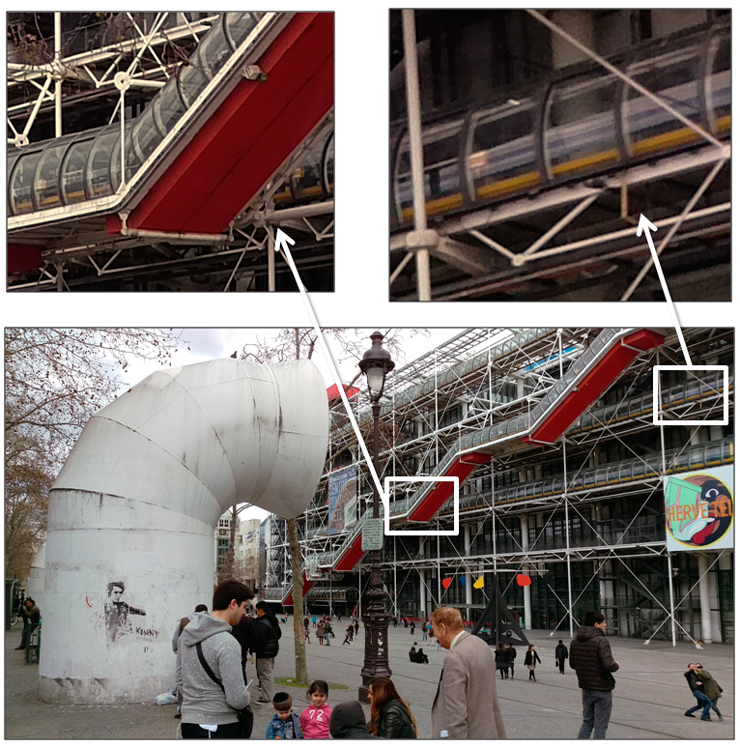
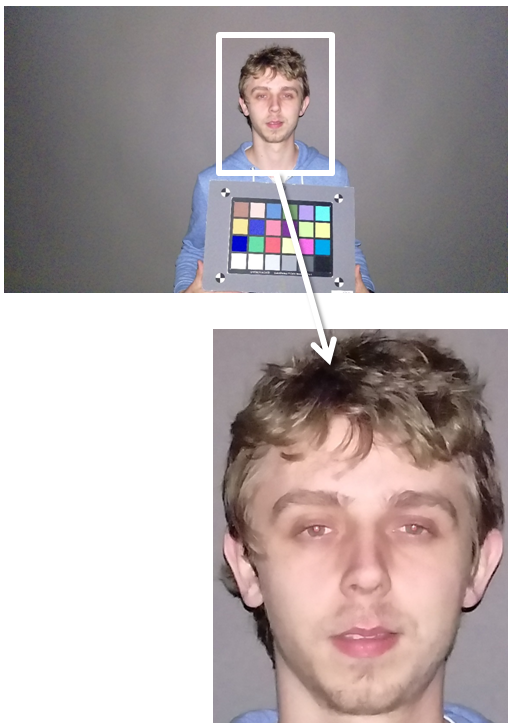
DXOMARK encourages its readers to share comments on the articles. To read or post comments, Disqus cookies are required. Change your Cookies Preferences and read more about our Comment Policy.